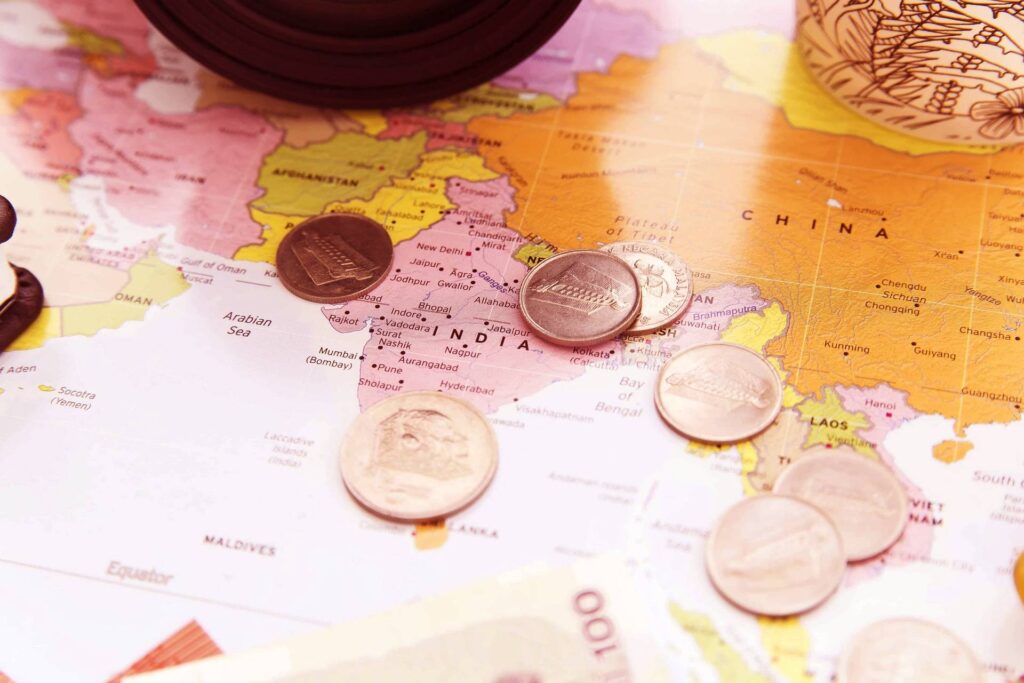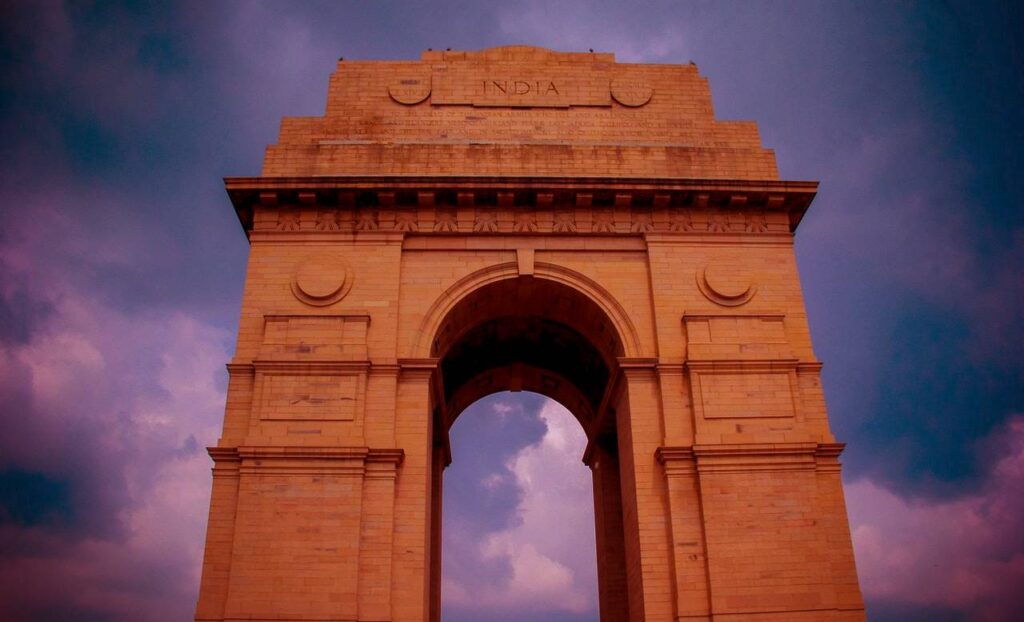The Union Territory of India and All You Should Know About Them

India’s federal system is one of the most fascinating globally, as it holds together one of the most culturally rich and diverse countries in the world. In the making of the country, there have been several innovative steps to help ensure harmony and stability. The union territory of India is one such structure.
History and Present of the Union Territories of India
Union territories are essentially those areas that are directly administered by the central government. Thus, unlike states, which have their own legislative bodies, ministers, and executive machinery, union territories of India are instead governed by the representative of the central government, notably the Lieutenant Governor. However, some territories are given a special status and are allowed to have their own governments, as you will find out below.
Did you know that at the time of Independence, there was only one union territory of India? Yes! In 1949, only the Andaman and Nicobar Islands were labeled as a union territory. Chandigarh, Delhi, and Lakshadweep were subsequently added in as they were carved out from other territories, and Puducherry and Daman and Diu + Dadra and Nagar Haweli were acquired form the French and Portuguese respectively.
The latest addition to the union territories of India is of course the erstwhile state of Jammu and Kashmir, whose statehood was rescinded with the repeal of Article 370 and implementation of the Jammu and Kashmir reorganization Act, 2019. This lead to the creation of the two union territories of Jammu and Kashmir, and Ladakh.
Thus there are currently 8 union territories of India. Of these, three – Delhi, Jammu and Kashmir, and Puducherry, have a special status that allows them to have their legislative bodies and ministers.
Many of the north-eastern states such as Tripura and Nagaland used to be union territories of India but were quickly granted statehood in the decades after Independence.

Some Facts and Figures about Union Territories of India
When it comes to land area, the Andaman and Nicobar Islands are the largest of the union territories, covering an expansive area of 8 thousand square kilometers. At only 32 kilometers square kilometers, Lakshadweep is the smallest of the territories by land area. Lakshadweep is also the smallest in population, with only nearly 65,000 residents, while Delhi is the most populated at a whopping 1.9 crores.
Now that you know some important basics about union territory in India, you may have a question as to why they were created in the first place? Well, there have been different reasons for the formation of them. For example, in the case of the Islands and Ladakh, they were created to protect the ingenious peoples and their way of life, as it was felt that a majority influence might lead to problems here. In the case of Jammu and Kashmir, it was seen as a way of protecting the northern borders of India and asserting federal presence in the face of encroaching neighbors, that is, Pakistan and China. It has to be noted, however, that there has been severe criticism of the move to reorganize the state of Jammu and Kashmir in this way.
Thus, union territories enable flexibility in federalism, allowing the government to respond to the needs of a particular place.
State codes of Union Territories of India
| No. | Union Territory | Code |
| 1 | Andaman and Nicobar Islands | AN |
| 2 | Chandigarh | CH |
| 3 | Dadra and Nagar Haweli and Daman and Diu | DNHDD |
| 4 | Delhi | DL |
| 5 | Jammu and Kashmir | JK |
| 6 | Ladakh | LA |
| 7 | Lakshadweep | LD |
| 8 | Puducherry | PY |